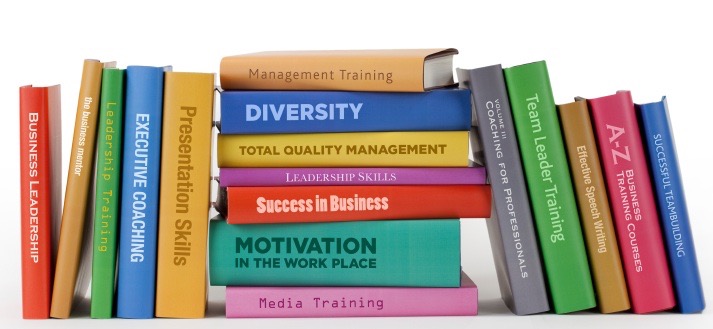
by Karen Newcombe
A few days ago I was having coffee with my insurance agent, Joe Corcoran, and he asked about my work with Sal DiFonzo, Managing Director at FMI Corporation, on his forthcoming book.
"You're helping this expert compensation consultant write a book, but you're not in that field yourself. How does that actually happen? How long does it take?" Joe asked.
About a dozen other people have asked me the same question, so this year, as we work together on Sal's book, I'm going to talk about what we're doing. Sal will add comments now and then as he sees fit, to share some of the process from his perspective.
Sal DiFonzo's book will be about how a firm can create its own incentive compensation plan, and while the case studies and much of the information will be drawn from the construction and engineering industry, the book will be applicable to any firm wanting to transition from a discretionary plan.
We began work on the book in January. Our kickoff meeting, conducted via desktop videoconference, was spent discussing these points:
- why he is writing the book,
- who is the audience,
- when he would like to publish,
- his preference as to self-publishing or seeking an outside publisher,
- what the focus of the book will be – and likewise, what is not part of this effort,
- the tone of voice he prefers to use,
- would the book benefit from charts, images, or photos,
- how much material he has already written,
- what background reading is needed for me to gain an understanding of the concepts,
- how much time will he be able to devote,
- what he can expect from me as we go forward,
- and what our working process will be like.
With this first meeting completed, we had a direction laid out and set a target publication date for the end of 2014.
I went to work on a project timeline, working backwards from a publication date in December 2014. Our first goal on that timeline was to get a rough outline done by the end of January, and to get started writing in February.
Sal sent me a stack of files to review, including a research study on incentive compensation effectiveness [free to download] that FMI had just completed in 2013, articles he had written, and other documents and presentations. For a couple of weeks I spend several hours a week reading, digesting what I was seeing, taking notes, and then entering the notes into the computer using Scrivener writing software.
As we moved into February, our rough ideas for five major sections turned into a more detailed 11-page outline. Sal and I sent the outline back and forth a few times – this is a highly collaborative effort – and as we reach mid-February, we're ready to start writing.
We still have details to add to the middle section of the outline, but that's OK. Sal is getting started on one section, and I'm beginning the work of filling in points where we have existing material from other articles he's written. These will need rewording to fit together comfortably, so I'll draft those changes and Sal will review them.
Check back for an update on our progress, and let me know if you have questions for me or Sal. We'll be happy to answer them.
